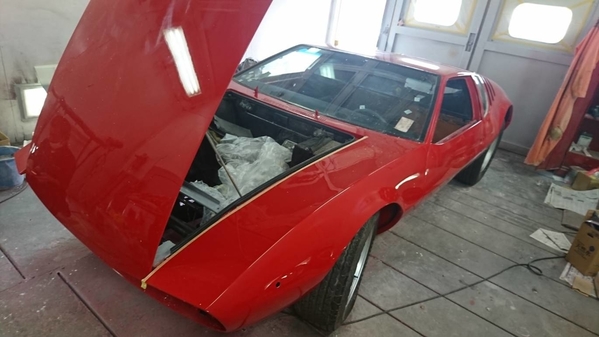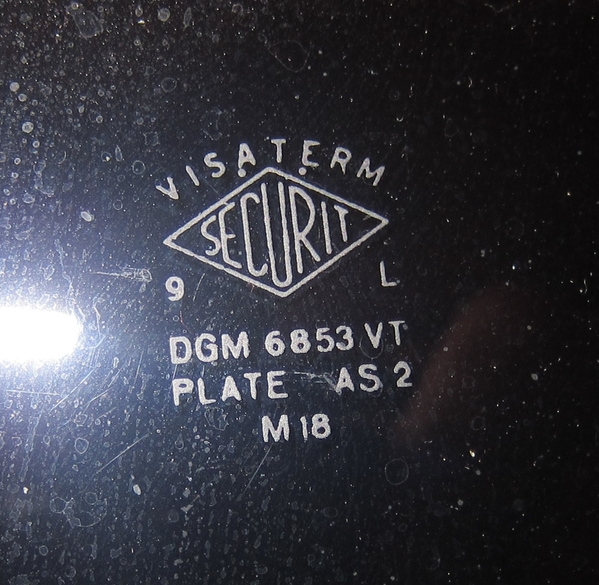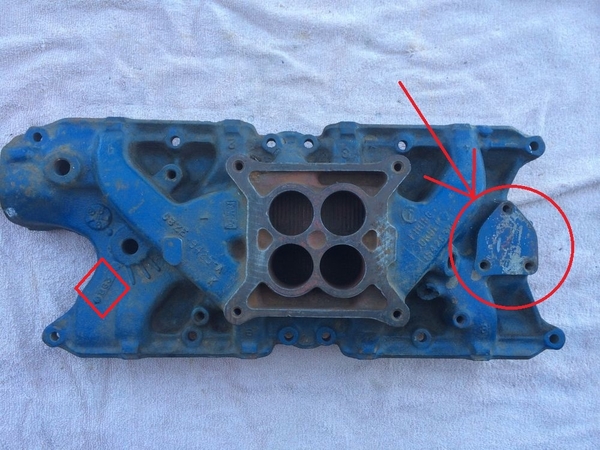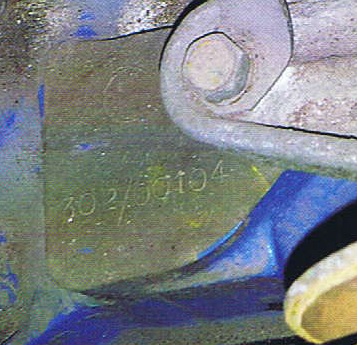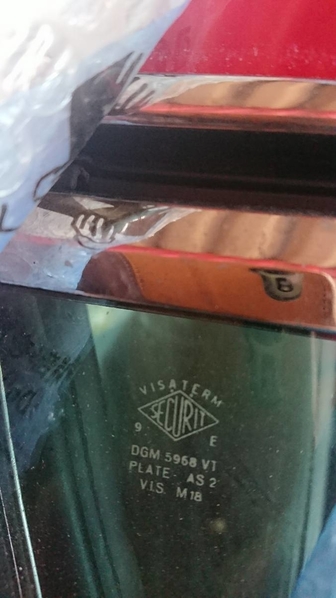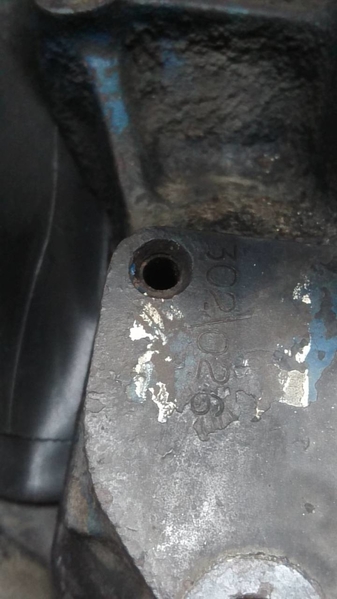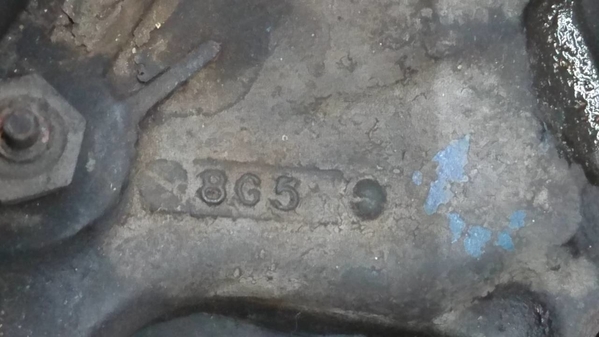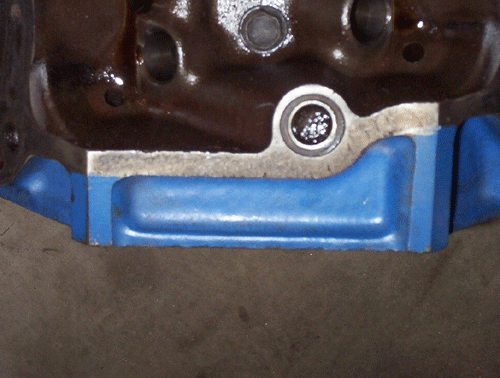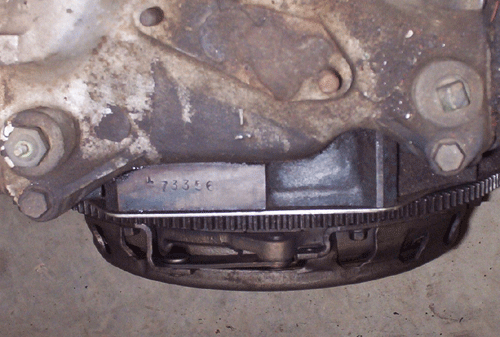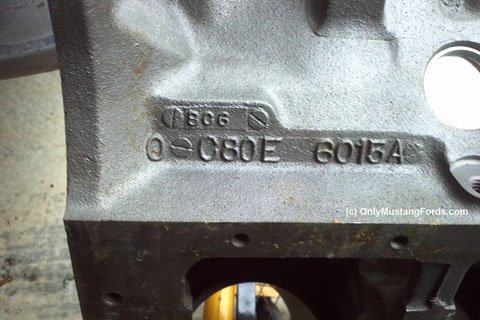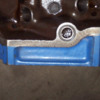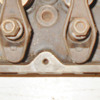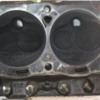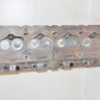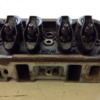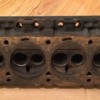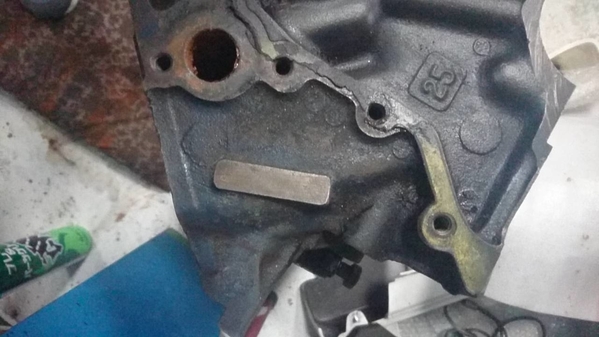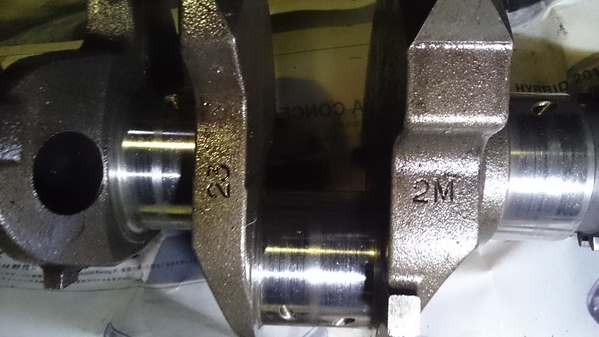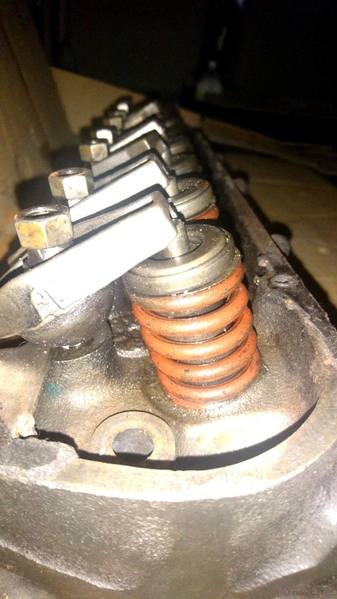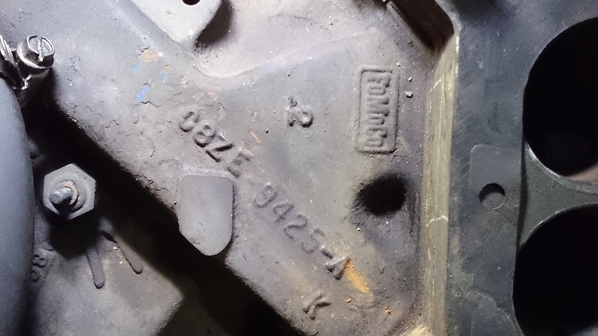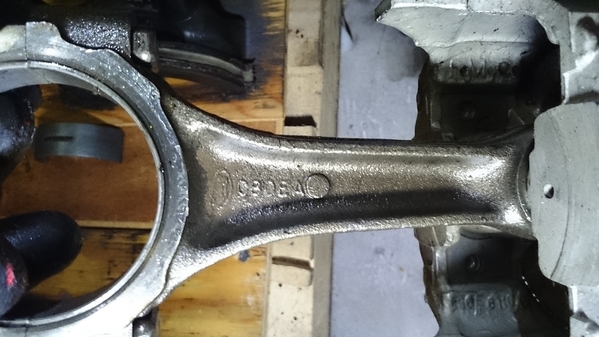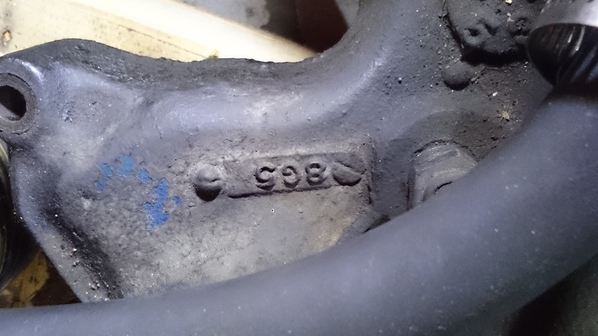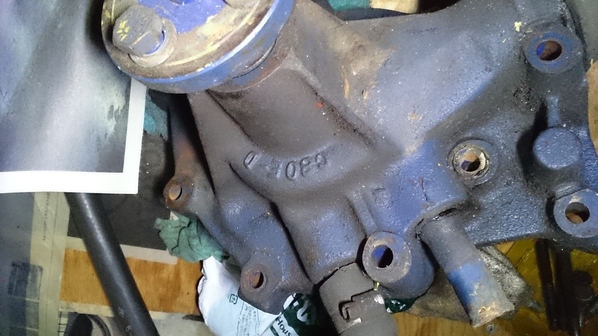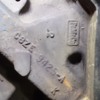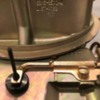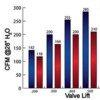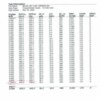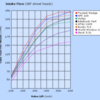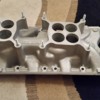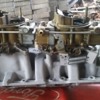Tachi-san, I see you referring a couple of times in the various posts to expertise with the "small block Ford" but I do think you should think of rebuilding or modifying things locally rather than trying to source these difficult to find parts and then having them shipped from USA.
The engine is very simple and easy to work on and tuning is not hard to get good power levels. To get the really big power on original (period) parts (versus say aluminium heads) is more difficult and expensive but that's not what you need nor what you should aim for. In 1965 Shelby produced 308 bhp with very little change (basically "bolt on " parts) for the road car Mustang GT350. I agree with Pantera Doug that an additional 100bhp (so 320bhp for a 302) is easy in 2018 and would make a nice street car.
In the same year as the Mustang was released, Honda produced the S800, with 9,000 rpm and roller bearing crankshaft! So any good engine builder / tuner should be able to help you, and I'm sure that engineering expertise is available to you locally in Japan.
The head parts like valves etc are easy to source and because the engine is shared with many cars, people know what works and what doesn't. The parts are also relatively cheap too.
But the problem you have to source big parts with specific casting dates is that they are not easy to find (even in the US) and so I think you are making your job more difficult but of course, this is your decision. And because any parts are likely to be located in USA and are very heavy they are not easy to send to Japan even if you do find them. But if you import just valves, springs, guides, retainers etc they are much lighter so easier / cheaper to send and you can buy these new off the shelf at any time.
Secondly I completely understand the owner wanting to know if the engine block is the original. But you do have the unique item to your Mangusta (the inlet manifold). The engine block does not have a unique number, only a casting date that any of the blocks made around that period could have. Unless someone has a totally traceable history or single ownership I don't think anyone can say their block is 100% original to their car.
DenisC stated in one of his posts:
"If there is a number stamped on flat area on 302, that block was stamped for a Ford vehicle therefore not the original DeTomaso block".
have a look there and let us know the actual casting date (should be on a small plate above C5AE 6015E. Also look in the valley area for '289'. That should tell you if it is the original block and whether 289 or 302.
I have found the people here on this forum to be incredibly helpful and knowledgable, (far more than me!) If you, the owner or your engine builder, need any help building or tuning the 289 or 302 you will find help here, definitely.
What I would like to know, and this would benefit Tachi-san too, is if anyone actually knows if whether every European Mangusta was a 289 (your Wiki point) and every (other than Dick Ruzzin's) car was a 302 or whether the 289 engined Mangusta just stopped being made when Ford stopped making 289's. As I understand it the first year of manufacturer in US were 4 headlight cars but were these all 302's? Or were the early US 4 headlight cars 289's?
Is there a specific cut-off date by chassis number when the change from 289 to 302 happened? I'm not sure anyone knows.........
I also think you / owner need to work out whether getting the Mangusta on the road is the priority or whether having the original parts are?
Although no-one likes duplicating expense, with the restoration costs of a Mangusta being what they are, changing the heads or even the block when you can source the parts you've decided you want, is not a major proportion of the expense.


